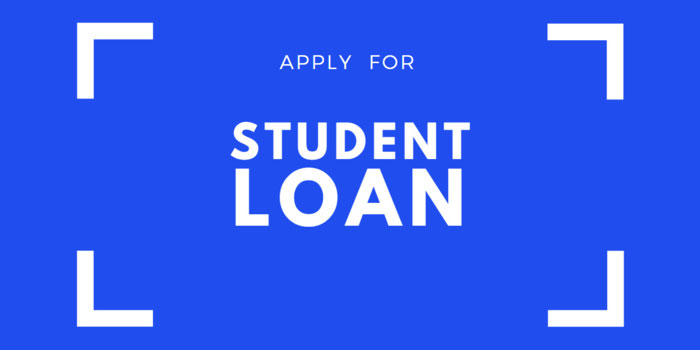Introduction
On August 24, President Biden made a historic announcement: he would forgive up to $20,000 in student loan debt for millions of Americans. Mr Biden has stated that under the new approach, approximately 20 million people will be able to have their debt completely wiped. "A whole generation has taken on unmanageable debt so that they might try their hand at a university education. Given the current state of affairs, obtaining a college degree may no longer guarantee entry into the middle class, "Mr Biden, outlining the proposal that will affect the nearly 43 million people who have borrowed money from the federal government for education, said the following.
Mr Biden also said that the moratorium on payments for federal student loans will be extended until December 31, 2022). (payments resume in January). According to a report by MeasureOne in 2021, private student loan debtors make up around 8% of the total outstanding student debt in the United States. However, they are excluded from the loan forgiveness component. If this describes you, you could save money by refinancing your student loans, among other options. Check out what you can get from private lenders.
What Is A Federal Student Loan?
The interest rates and payback terms of federal student loans are more favourable than private student loans. When you're a freshman in college, you can be qualified for:
You can acquire a Direct Subsidized Loan if you're an undergraduate student with a demonstrated financial need. In contrast to Direct Subsidized Loans, Unsubsidized Direct Loans are made available to students of all financial means. The government pays the interest on subsidized loans while you are a student and for six months after you leave school. If you take out an unsubsidized student loan, you'll have to pay interest on the entire loan balance, even if you're still a student.
In the case of federal loans, a grace period is available. There is a grace period of six months following graduation, during which borrowers are excused from making loan payments while they seek employment. When it comes time to start paying back your loan, federal loans provide some unique benefits, such as switching to an income-based repayment plan. You can reduce your monthly bill under these programmes by as much as 50%, depending on your income level.
Where To Apply For Student Loans
How to Apply for Student Loans? The process of applying for a student loan is not always easy. It can be difficult and time-consuming to navigate the student loan process, especially if you decide between private and federal student loans or a combination of the two and if you're unfamiliar with each lender's specific procedures. To that end, how do you know you're making the best decisions to make paying for college as easy as possible? Get some assistance from Purefy. Here is a handy infographic summarising the steps involved in applying for a student loan.
Visit our rate comparison tool to see interest rates, terms, and eligibility requirements from different lenders for private student loans, all in one location, with just one simple form. Quickly and easily compare interest rates, narrow down your options based on specific circumstances, and apply for the best private loan possible.
Paying For College Tuition
You can acquire the money you need to attend college now that you know how to apply for student loans. Be well-versed in your choices so that you can reduce your borrowing needs. You'll be better off financially if you can limit your student loan obligations before you graduate.
Compare Your Financial Aid Offers
All the schools to which you apply will utilize the data from your FAFSA to determine how much financial assistance they can offer you. After deducting your EFC from their tuition and fees, they will determine your financial need (COA). Tuition, required fees, housing, and meals are all part of the overall cost of attendance. It's available online at most universities. Your institution will put together a financial assistance package that includes loans, federal Pell Grants, and paid work-study to help you pay for the difference between your expected family contribution and the cost of attendance. A grant does not require repayment as a loan would. They are meant for students with "exceptional financial needs," as the federal government defines them.
Conclusion
Students and their parents must complete the FAFSA (Free Application for Federal Student Aid) to apply for federal student loans to pay for higher education. Both subsidized and unsubsidized federal student loans are available. If you qualify for subsidies, subsidies are cheaper than unsubsidized loans. In addition to the federal Parent Plus Loan programme, private banks and lenders are two additional loan options. The federal government has put a hold on making payments and accruing interest on student loans until the beginning of 2022.






